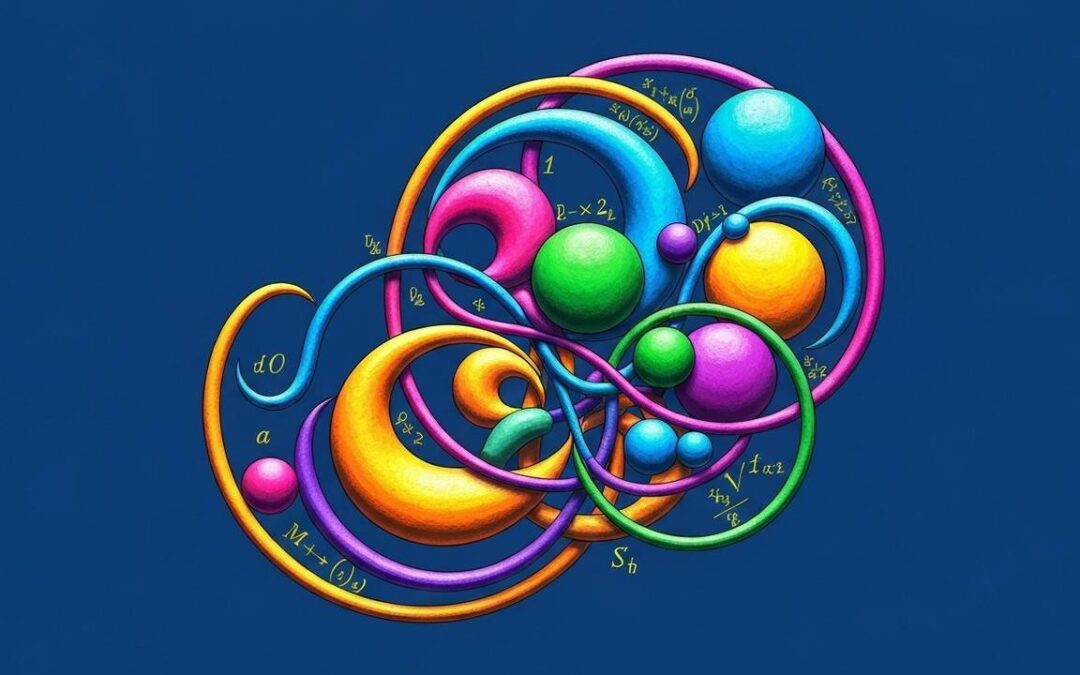Understanding function notation can be tricky, especially the difference between ##f(x)## and ##f##. So, is ##f(x)## a function or a number? Well, it’s a bit of both, depending on the context. The function notation ##f(x)## typically represents the value of the function ##f## at a specific point ##x##, while ##f## itself refers to the function as a whole. Let’s clarify this concept with examples and best practices, ensuring clarity in mathematical expressions.
Table of Contents
- Function vs. Function Value
- Common Usage and Potential Ambiguity
- Historical Perspective on Function Notation
- Best Practices and Avoiding Ambiguity
- Functions of Several Variables
- Similar Problems and Quick Solutions
- Problem 1: Is ##g(x) = x + 3## a function or a number?
- Problem 2: If ##h(x) = \cos(x)##, what is ##h(\pi)##?
- Problem 3: What is the difference between ##f## and ##f(a)##?
- Problem 4: Express the function that cubes a number using arrow notation.
- Problem 5: If ##F(x, y) = x^2 + y^2##, is ##F(x, y)## a function or a value?
More from me
In mathematics, the notation ##f(x)## is fundamental, but its precise meaning can sometimes be a point of confusion. Is ##f(x)## a function itself, or does it represent a number? This article explores the nuances of function notation, clarifying the distinction between a function and its value at a specific point. We will delve into best practices and common conventions in mathematical writing.
Function vs. Function Value
The modern mathematical perspective distinguishes between the function ##f## and the value of the function at a particular point ##x##, denoted as ##f(x)##. The function ##f## represents a mapping or a rule that assigns each element from its domain to a unique element in its codomain. For example, consider the function ##f(x) = x^2##. Here, ##f## is the squaring function.
On the other hand, ##f(x)## represents the specific value obtained when the function ##f## is applied to the input ##x##. Using the same example, ##f(2) = 2^2 = 4##. In this case, ##f(2)## is a number, specifically the number 4. Understanding this distinction is crucial for clear communication in mathematical contexts, particularly when discussing properties of functions.
Common Usage and Potential Ambiguity
Despite the strict distinction, the notation ##f(x)## is often used to refer to the function itself, especially in introductory mathematics courses. This is partly because it is psychologically easier for beginners to grasp. For instance, one might say, “Let ##f(x)## be a continuous function,” even though, strictly speaking, it is ##f## that is the function. This usage can lead to ambiguity, as ##f(x)## sometimes refers to the value of the function.
However, context usually clarifies the intended meaning. In more advanced mathematics, particularly in functional analysis, the distinction becomes more critical. For example, when discussing function spaces like ##C^0(\mathbb{R})##, which denotes the space of continuous functions on the real numbers, it is understood that we are referring to the functions themselves, not their values at specific points. The function notation therefore becomes a critical component.
Historical Perspective on Function Notation
Historically, the notation for functions has evolved. Older mathematical texts often used ##f(x)## to denote the function, a practice that might seem off-putting to modern mathematicians. As an example, consider the statement, “Let ##\varphi(x)## be a bounded linear functional on ##X##.” Today, it is more common to say, “Let ##\varphi## be a bounded linear functional on ##X##.”
This shift reflects a greater emphasis on the function as an object in its own right, rather than merely a formula for computing values. Despite these changes, the older notation did not prevent mathematicians from developing profound theories. As Ahlfors noted in his complex analysis text, analysts traditionally speak of “the function ##f(z)##,” even though modern students understand that ##f## stands for the function and ##f(z)## for a value of the function. This function notation has stood the test of time.
Best Practices and Avoiding Ambiguity
To avoid ambiguity, it is best practice to use ##f## to refer to the function and ##f(x)## to refer to its value at ##x##. When defining a function, the notation ##x \mapsto f(x)## is often used to clearly indicate the mapping from ##x## to ##f(x)##. For example, instead of saying “Let ##f(x) = e^{-x}##,” it is more precise to say “Let ##f## be the function ##x \mapsto e^{-x}##.” This notation is especially useful when dealing with functions defined by formulas.
For functions with multi-letter symbols, such as ##\sin##, it is common to include the argument, like ##\sin x##. However, when discussing properties of the function itself, it is still preferable to use ##\sin##. For example, instead of writing ##\sin” = -\sin##, one might say “if ##f(x) = \sin x##, then ##f” = -f##.” Clarity should always be prioritized, even if it means deviating slightly from strict notational conventions. Understanding function notation is key to avoiding errors.
Functions of Several Variables
When working with functions of several variables, using explicit variable notation can be helpful. For instance, consider the heat equation, where ##u(x,t)## represents the temperature at position ##x## and time ##t##. While ##u(x,t)## is technically a value of the function ##u##, using this notation reminds us that the first argument represents space and the second represents time. This is particularly useful in fields like physics, where the physical interpretation of the variables is important.
In general, mathematicians are not compilers; the goal is to communicate clearly and effectively. While syntax rules exist, they should not be followed at the expense of clarity. The key is to be aware of the potential for ambiguity and to choose notation that minimizes confusion. The function notation must be clear and unambiguous.
Similar Problems and Quick Solutions
Problem 1: Is ##g(x) = x + 3## a function or a number?
##g(x)## represents the value of the function ##g## at ##x##; ##g## is the function itself.
Problem 2: If ##h(x) = \cos(x)##, what is ##h(\pi)##?
##h(\pi) = \cos(\pi) = -1##, which is a number.
Problem 3: What is the difference between ##f## and ##f(a)##?
##f## is the function, while ##f(a)## is the value of the function ##f## at the point ##a##.
Problem 4: Express the function that cubes a number using arrow notation.
##x \mapsto x^3##
Problem 5: If ##F(x, y) = x^2 + y^2##, is ##F(x, y)## a function or a value?
##F(x, y)## is the value of the function ##F## at the point ##(x, y)##; ##F## is the function itself.
| Term | Description | Example |
|---|---|---|
| ##f## | The function itself, a mapping from a domain to a codomain. | ##f(x) = x^2##, ##f## is the squaring function. |
| ##f(x)## | The value of the function ##f## at a specific point ##x##. | If ##f(x) = x^2##, then ##f(3) = 9##. |
| ##x \mapsto f(x)## | Notation indicating the mapping from ##x## to ##f(x)##. | ##x \mapsto x^3## represents the function that cubes a number. |
We also Published
RESOURCES
- Function Notation – YouTube
- What is function notation, and why should I care? | Purplemath
- Function Notation and Evaluating Functions – YouTube
- 1.1: Functions and Function Notation – Mathematics LibreTexts
- How to Use and Interpret Function Notation | HS.F.IF.A.2 – YouTube
- Function (mathematics) – Wikipedia
- Function Notation – YouTube
- Function Notation
- What is Function Notation? (With Examples, Algebra 1) – YouTube
- 1-04 Functions and Functional Notation







0 Comments